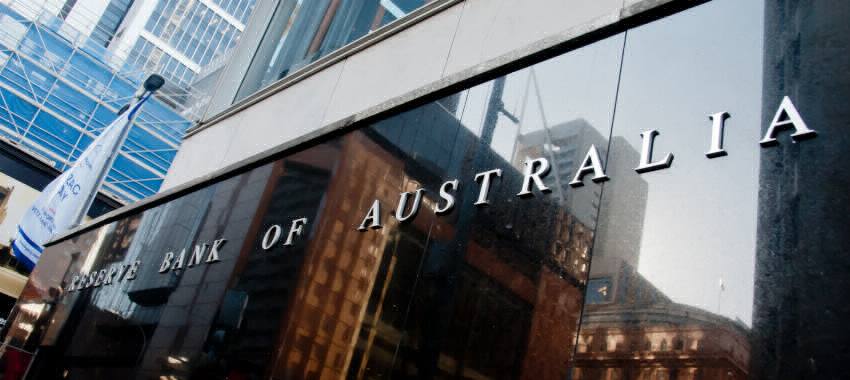
A data-dependent central bank could be more cautious with its outlook on interest rates off the back of recent unemployment data.
The latest Labour Force data released by the Australian Bureau of Statistics (ABS) revealed an unexpected drop in the unemployment rate, dropping from 4.1 per cent in January to 3.7 per cent in February 2024.
The ABS stated this large increase in employment followed “larger-than-usual numbers” of people either waiting to return to work or begin work during December 2023 and January 2024.
A larger-than-usual flow of people entered employment in February (116,000 people), even more so than February last year as a result, according to the ABS.
This has raised concerns over the implications the unemployment dataset may have for the Reserve Bank of Australia (RBA), due to the level of uncertainty around the board’s stance on potential movements of the official cash rate.
RBA governor Michele Bullock expressed last week (19 March) that the RBA cannot “rule in or out anything” in terms of where interest rates are going and reiterated the RBA’s dependency on emerging data, with the unemployment rate being a key indicator observed by the central bank.
Speaking to The Adviser, director and finance broker at Prosper Finance, Rory McCann, said: “With the recent data showing unemployment at 3.7 per cent I think they will hold rates due to the stage 3 tax cuts on the first of July 2024.
“The RBA have clear communications that unemployment needs to be closer to 4.5 per cent. They will want to see the data in August and September before any interest rate cuts.
“I do think the way the RBA measure the unemployment numbers by only tracking it as unemployed and not taking into account the hours cut for casual employees, overtime and commissions really affect the day-to-day lives of every day Australians.”
Niti Bhargava, franchise owner and mortgage broker at Resolve Finance Derrimut, said the latest unemployment data could indeed influence the RBA’s stance on rates going forward.
“If the unemployment rate is higher than expected, it may indicate a weaker economy with lower consumer spending and investment, prompting the RBA to be more cautious,” Bhargava said.
“In such a scenario, the RBA might consider delaying rate hikes or even implementing rate cuts to stimulate economic activity.
“Conversely, if the unemployment rate is lower than anticipated, signalling a stronger economy with higher consumer confidence and business investment, the RBA might feel more confident in raising interest rates to prevent overheating and inflation.
“Ultimately, the RBA’s decisions regarding interest rates are influenced by a range of economic indicators, including unemployment data, inflation, GDP growth, and global economic trends.
“Therefore, while the latest unemployment data can certainly impact the RBA’s decisions, it is just one of many factors they consider when determining their monetary policy stance.”
Director and mortgage broker for Mortgage Choice Erina & Wyong, Luke Whitbread, said while the Labour Force data is a “good sign showing the strength of the employment sector”, it could pose some challenges and push back the potential rate cuts.
“Ideally, this is just a blip and is caused by people waiting until the end of summer to head back to work. Next month’s data will be interesting,” Whitbread added.
The March monetary policy decision saw the RBA hold interest rates for the third consecutive month at 4.35 per cent.
[RELATED: RBA can’t ‘rule in or out’ interest rate moves: Bullock]
 Login
Login











JOIN THE DISCUSSION